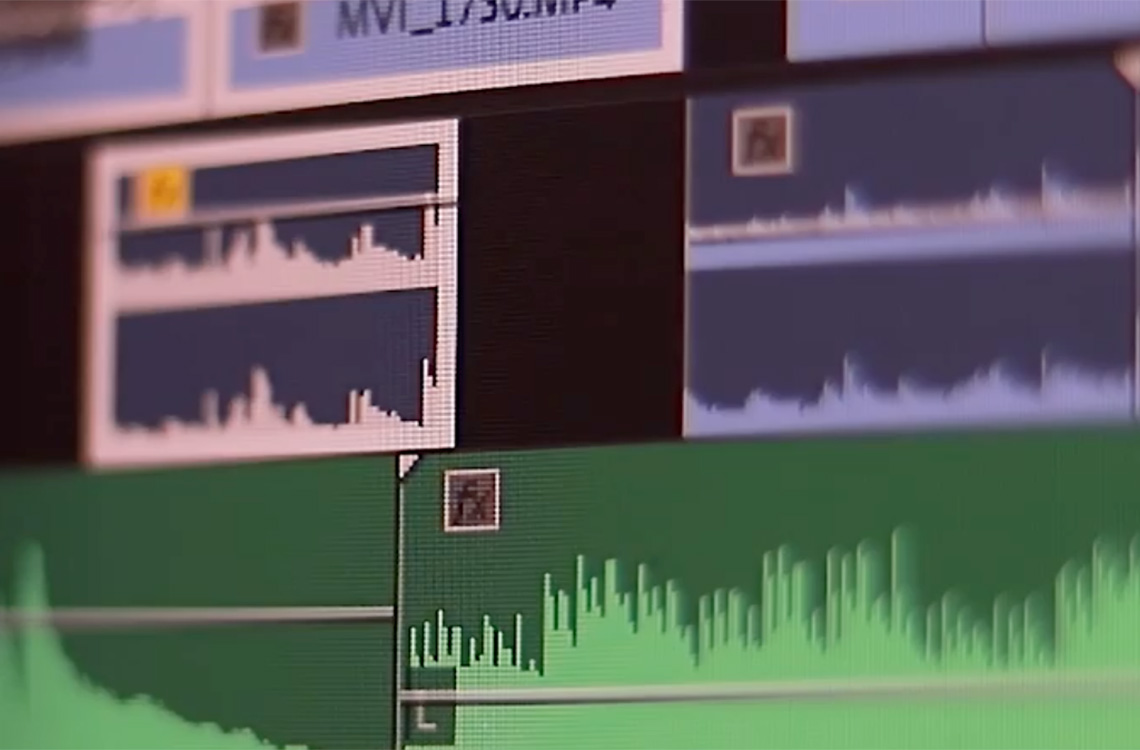Masking allows editors to work on multiple aspects of a single shot. Here’s how to get started masking in Adobe Premiere Pro.
Video editors, are constantly learning new tricks to stay in the game — the internet is awash in tutorials touting these very techniques. But what about the nitty gritty? Shouldn’t we learn to mask before we learn to fly?
If you’re new to masking, or just looking to brush up on the basics, masking allows you to edit different aspects of a single shot independently. For instance, you can introduce cinema-grade effects in your footage using Premiere Pro templates. That means results that are unique, stunning, and appealing — all at once.
Every video editor has their NLE of choice — and for good reason. Different platforms work better for different people, usually depending on your primary role and how you like to work. In this article, we’re going to concentrate on Premiere Pro.
So, here’s what you need to know.
Types of Masks
Masking allows you to select the area in the video clip that you want to edit. Once you define a specific area, you can cover, blur, highlight, color-correct, apply effects, and blend however you want. Furthermore, you can create and modify different-shaped masks such as ellipses, rectangles, polygons or free-form shapes with the help of the Ellipse shape tool, the Rectangle shape tool, the Polygon Shape tool, and Pen the tool.
Tools of the Trade

Let’s go over those tools in slightly more detail:
- Ellipse Shape Tool — The Ellipse shape tool in Premiere Pro helps you draw circular and oval shapes.
- Rectangle Shape Tool — With the Rectangle tool, you can draw four-sided shapes, allowing you to define squares or rectangles on the clip you want to edit.
- Polygon Shape Tool — If you want to define polygons, you can use the Polygon shape tool to create polygons with as many sides as you want.
- Pen Tool — Of all the tools we mentioned, this one is the most flexible. You can use it to create free-form shapes or any of the above-mentioned shapes in this list. That’s why it’s one of the most important tools you need to learn.
The Pen Tool Explained
The Pen tool is the best tool you can select to add keyframes to any clip. The keyboard shortcut to this tool is P, and you can click on any point on your clip to access different attributes such as opacity, position, scale, and even audio volume. Let’s look at how you can create different masks using the pen tool.
How to Draw Curved Bezier Path Segments Using the Pen Tool

Well, that was a mouthful, but don’t worry — it’s easier than it sounds. Take a look . . .
Step 1:
Draw direction lines with the tool, which the Pen tool will convert into an arrowhead. The arrowhead allows you to modify the distance and direction of the direction lines. Keep in mind that the length and direction of the lines you’ve drawn will determine the shape of your curve.
Step 2:
After you’re satisfied with the directional line, you can then place the Pen tool on the section where you want the first C-shaped curve to appear and drag it away from the direction line.
Step 3:
To complete the curved path segment, create an S-shaped curve just like you made the C-shaped curve.
How to Create Angles with the Pen Tool

Perfect angles are important for video masking (and any editing you do on Premiere Pro templates). Thanks to the Pen tool, you no longer have to struggle to nail the perfect angles as you edit your footage.
Let’s run through some shortcuts you can use to create perfect angles in Premiere Pro:
- Hold the Shift key, and then use the Pen tool to draw straight segments at 0, 45 or 90 degrees. The pen tool will convert to a straight segment cursor as you draw these constrained segments.
- If you already have a linear point on the screen, you can hold the Shift key, drag the existing linear point, and move it around 0, 45, or 90 degrees.
- To create a curve with handles constrained at 0, 45 or 90 degrees, you can hold Shift and click to draw a new Bezier point. Your perfect curve will be right there!
- To alter an existing Bezier curve to perfection, you need to hold Shift and drag the Bezier curve you want to modify — the imperfect curve will instantly adjust according to 0, 45, or 90 degrees.
- To break an existing curve in two, you need to hold Opt and Shift keys and simultaneously click and drag. This will split your Bezier curves, altering the one you originally clicked on to 45-degree increments.
Mask Refining Tools

Premiere Pro also offers a range of mask refining tools . . .
Vertex Points
With this tool, you can manage the size, shape, and rotation of a mask. The tool allows you to instantly change the mask’s shape — all you have to do is drag the mask handle. With this, you can change a rectangle-shaped mask to an ellipse, or vice versa! Thanks to the demarcated vertex points. You can also move, add, or remove vertex points, which allow you to modify how close to the shape line your footage is masked.
Mask Feathering
The feather tool is represented by a dotted line around the mask selection area (also known as the feathering guide). It tells you how well your mask blends in with the rest of the clip. To begin feathering a mask, you first need to assign a Mask Feather value. Next, you need to drag the handle away from the feathering guide to increase the feathering. Finally, you need to drag the handle toward the feathering guide to decrease the feathering.
Mask Opacity
While adjusting the opacity of a mask, keep in mind that the opacity of the footage you’ve cropped out will be the same as the opacity of the mask. Again, to adjust the opacity of a mask, you have to specify the opacity value with the help of a slider. Value 100 on the slider indicates 100% opacity, which means you can’t see any of the underlying area. Likewise, the underlying area gradually becomes visible as you reduce the opacity value.
Mask Expansion
Mask expansion value is an essential element here. You can drag the expansion handle or adjust the mask area’s values. For example, carrying the handle away from the expansion guide would expand the mask area, and dragging it toward the expansion guide would contract the mask area. If you’re looking to alter values, note that positive values move the borders outward and negative values move them inward.
Invert Mask Selection
You can use the invert mask selection tool to swap masked and unmasked areas in the clip. With this feature, the masked areas would reverse to unmasked.
The Power of Mask Tracking

Keyframing masks from scratch is no easy task, but Premiere Pro’s got your back! It offers a simple mask tracking feature that can automatically track the movements of the masked object from one frame to another. In addition, Premiere Pro templates allow you to mask forward and backward while also choosing whether you want to mask a single frame at a time or the end of the sequence.
First, you need to enable the mask tracking feature using the mask wrench icon to access mask tracking. After this, you’d be directed to three options – Position, Position and Rotation, Position, Scale and Rotation. You can choose either of these options as required to save time that you’d otherwise need to start keyframing the mask over again.
Summing Up
When top-notch editing software like Premiere Pro has such unique features, it’s on us to learn, master, and apply them in our video editing projects. The video masking tool can help elevate the quality of your editing and enhance transitions in your videos. In addition, mastering the tool will save time during the otherwise-tedious post-processing stage without hampering the quality of your work!
Cover image via Adobe.
Looking for more Premiere Pro tutorials? We’ve got you covered . . .




